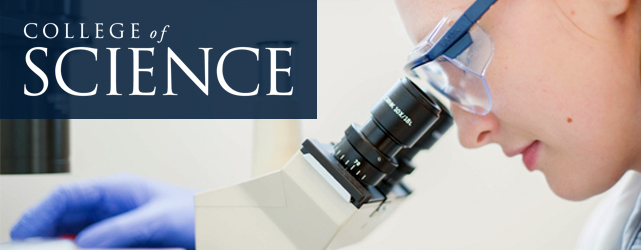Document Type
Article
Journal/Book Title
Chemical Physics
Publication Date
11-11-2019
Publisher
Elsevier BV
Volume
530
First Page
1
Creative Commons License

This work is licensed under a Creative Commons Attribution-Noncommercial-No Derivative Works 4.0 License.
Last Page
37
Abstract
Diatomic anions CN-, NO-, and OH- are surrounded by 2, 3, and 4 ligand molecules drawn from the HF, HCl, XF, YF2, ZF3, TF4, and TrF3 set wherein X= Cl,Br, Y=S,Se, Z=P,As, T=Si,Ge, and Tr=Al,Ga. In the case of two ligands, both interact with the N of NO- and the O of OH-, but one approaches either end of CN-. Unlike the H and halogen bonding units, as the number of ligands increases there is a tendency for chalcogen, pnicogen, tetrel, and triel-bonding ligands to form a cage around the central anion, with strong inter-ligand noncovalent bonds. There are a number of unusual features observed as well, including proton transfers from the ligands to the central anion, halogen atom sharing, linearization of normally highly bent YF2 molecules, F-sharing between tetrel atoms, and OH-⸳⸳F H-bonds. Triel-bonding ligands engage in the strongest binding but the patterns of the other types of ligands depend upon the particular central anion and the number of ligands involved.
Recommended Citation
Scheiner, S. I., Michalczyk, M., Wysokiński, R., Zierkiewicz, W. (2020). Structures and energetics of clusters surrounding diatomic anions stabilized by hydrogen, halogen, and other noncovalent bonds. Chemical Physics, 530, 110590. http://www.sciencedirect.com/science/article/pii/S0301010419307396





